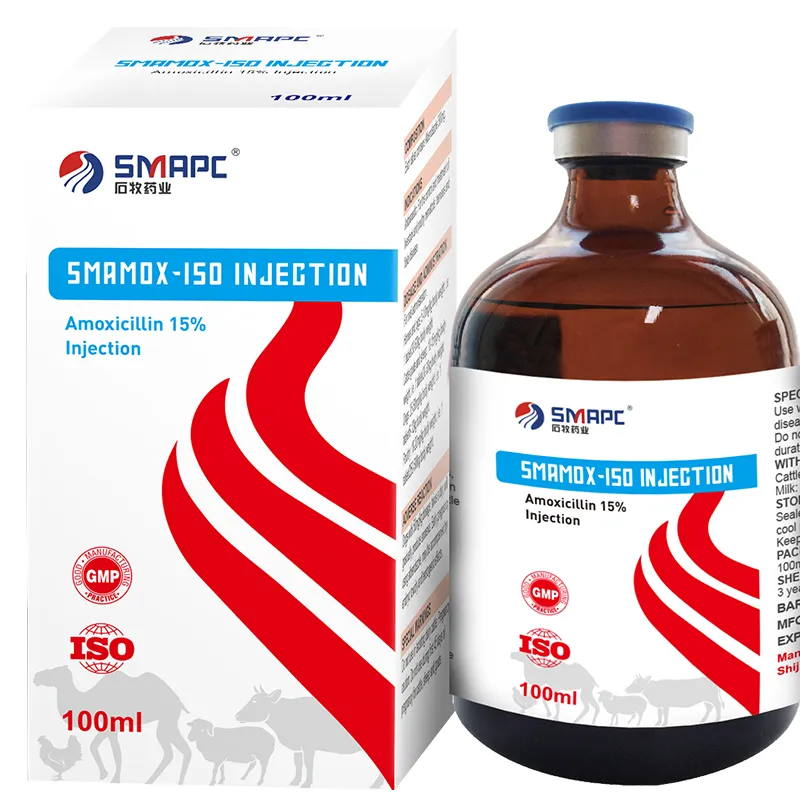Aug . 02, 2024 14:31 Back to list
Effective Treatment Options for Lumpy Skin Disease in Livestock and Their Impact on Agriculture
Lumpy Skin Disease Understanding the Treatment Options
Lumpy Skin Disease (LSD) is a viral infection affecting cattle, caused by the Capripoxvirus. Characterized by the appearance of firm, nodular lesions on the skin and mucous membranes, LSD poses significant health risks to livestock and, consequently, threatens the livelihoods of farmers and the economy of countries reliant on cattle ranching. Though LSD primarily affects cattle, it can also impact other ruminants, leading to considerable production losses and trade restrictions. As such, understanding the treatment and management options for Lumpy Skin Disease is crucial for mitigating its impacts.
Clinical Signs and Diagnosis
Infected animals typically present with a range of symptoms, including fever, swelling of lymph nodes, and the characteristic lumps or nodules across the skin. These lesions can vary in size and may be seen on various body parts, including the ears, neck, and legs. Additionally, affected animals may show signs of depression, reduced feed intake, and decreased milk production. Diagnosis is primarily based on clinical signs, but laboratory tests such as PCR (Polymerase Chain Reaction) can confirm the presence of the virus.
Prevention and Control
As there is no specific antiviral treatment for Lumpy Skin Disease, prevention and control measures are vital in managing outbreaks. Vaccination remains the cornerstone of LSD control. Several vaccines are available, including live attenuated and inactivated forms, which have been shown to provide immunity in the herd. It is essential for farmers to maintain biosecurity measures to prevent the introduction and spread of the virus. This includes isolating new animals before introduction to the herd, controlling movement and contact between livestock and wildlife, and implementing rigorous hygiene practices.
Treatment Approaches
lumpy skin disease treatment medicine

While no specific antiviral treatment exists for LSD, supportive care can aid recovery and improve the welfare of affected animals. In some cases, anti-inflammatory medications can be administered to help manage fever and swelling, making the animals more comfortable. Additionally, topical treatments might be applied to the lesions to prevent secondary bacterial infections, which can exacerbate the disease and prolong recovery.
In cases of severe infections where there are significant lesions or the animal is in shock, veterinary intervention may be necessary. This could involve the administration of anti-inflammatory drugs, antibiotics for secondary infections, and hydration therapy in dehydrated animals.
Economic Impact and Response Strategies
The economic impact of Lumpy Skin Disease can be profound, leading to decreased productivity due to illness, milk production loss, and increased veterinary care costs. Trade restrictions imposed by importing countries can also lead to significant financial losses for farmers. Governments and agricultural authorities must therefore develop robust response strategies that include surveillance to monitor the spread of the disease, timely vaccination campaigns, and public awareness programs to educate farmers about the disease's symptoms and prevention tactics.
Conclusion
Lumpy Skin Disease is a significant health concern for cattle worldwide, with implications for animal welfare, productivity, and economics. While no specific cure exists, proactive management through vaccination, supportive care, and strict biosecurity measures can help control the disease. Awareness and education among farmers and stakeholders are essential in implementing effective strategies to minimize the impacts of LSD and ensure the health and productivity of cattle populations. Collaboration between veterinary services, agricultural authorities, and farmers is crucial in the fight against this debilitating disease, ensuring both animal health and the sustainability of livestock farming.
-
Vital Solutions for Healthy and Productive SwineNewsJul.08,2025
-
Veterinary Powder Is VitalNewsJul.08,2025
-
Understanding Prescription Drugs for AnimalsNewsJul.08,2025
-
Understanding Poultry MedicineNewsJul.08,2025
-
The First Line of Defense in Animal HealthNewsJul.08,2025
-
Role of Veterinary Drug in Modern Animal HealthcareNewsJul.08,2025
Products categories







